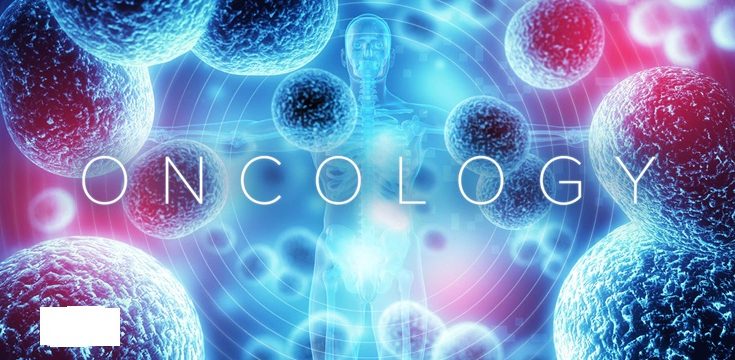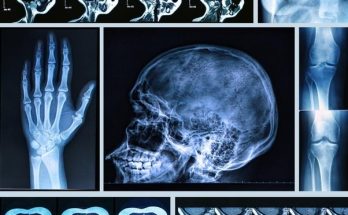The Future of Radiation Oncology: A Landscape of Innovation
The field of radiation oncology is constantly evolving, driven by technological advancements, a deeper understanding of cancer biology, and a growing focus on personalized medicine. Here’s a glimpse into the exciting future of this field:
I. Technological Advancements:
- Advanced Imaging:
- Improved Image Guidance (IGRT): Higher resolution and faster imaging modalities will allow for more precise targeting and real-time adaptation of treatment plans.
- Functional Imaging (PET/MRI): Integrating functional imaging with treatment planning will enable personalized dose escalation to biologically active tumor regions while sparing less active tissues.
- Artificial Intelligence (AI) in Imaging: AI algorithms will automate contouring, target definition, and image registration, improving efficiency and accuracy.
- Treatment Delivery:
- Adaptive Radiotherapy (ART): Real-time adaptation of treatment plans based on tumor and patient changes during therapy will become more sophisticated and widely available.
- Particle Therapy Advancements: Proton and carbon ion therapy will become more accessible and precise, with improved beam delivery and range control. Flash radiotherapy, delivering ultra-high dose rates in fractions of a second, may revolutionize treatment.
- Brachytherapy Innovations: New brachytherapy techniques and devices will allow for more precise and less invasive delivery of radiation.
- MR-guided Radiotherapy: Combining MRI with radiation delivery will allow for real-time visualization of the tumor and surrounding tissues, enabling adaptive treatments.
- Treatment Planning:
- AI-driven Planning: AI algorithms will optimize treatment plans, considering complex anatomical and biological factors.
- Personalized Planning: Treatment plans will be tailored to the individual patient based on their tumor’s molecular characteristics and predicted response to radiation.
- Integration of Big Data: Large datasets of patient outcomes will be used to refine treatment planning and personalize therapy.
II. Biological and Personalized Approaches:
- Radiobiology Advancements:
- Understanding Tumor Microenvironment: Research on the tumor microenvironment will identify new targets for radiosensitization or radioprotection.
- Personalized Radiobiology: Predictive assays will identify patients who are most likely to benefit from radiation therapy and those who may require alternative approaches.
- Combining Radiation with Immunotherapy: Further research will optimize the combination of radiation and immunotherapy to enhance anti-tumor immune responses.
- Precision Radiation Oncology:
- Biomarker-driven Therapy: Radiation treatment will be tailored based on the molecular characteristics of the tumor, identified through biopsies or liquid biopsies.
- Personalized Dose Prescription: The radiation dose will be individualized based on tumor biology and patient-specific factors.
- Targeted Radiopharmaceuticals: Radioactive isotopes will be attached to molecules that target specific cancer cells, delivering radiation directly to the tumor.
III. Focus on Patient Outcomes and Quality of Life:
- Patient-Reported Outcomes: Greater emphasis will be placed on collecting patient-reported outcomes to assess the impact of radiation therapy on quality of life.
- Side Effect Management: Improved strategies for preventing and managing radiation-related side effects will be developed.
- Palliative Radiotherapy: The role of palliative radiotherapy in improving quality of life for patients with advanced cancer will be further expanded.
- Survivorship Care: Comprehensive survivorship programs will address the long-term needs of patients after radiation therapy.
IV. Education and Training:
- Interdisciplinary Collaboration: Radiation oncologists will work closely with other specialists, including medical oncologists, surgeons, radiologists, and physicists.
- Technological Proficiency: Radiation oncologists will need to be proficient in the use of advanced imaging, treatment planning, and delivery technologies.
- Lifelong Learning: The rapid pace of innovation in radiation oncology will require continuous learning and adaptation.
V. Challenges and Opportunities:
- Cost and Accessibility: Making advanced technologies like particle therapy and adaptive radiotherapy more affordable and accessible to all patients.
- Data Integration and Analysis: Effectively integrating and analyzing large datasets of patient information to personalize treatment.
- Regulatory Frameworks: Developing appropriate regulatory frameworks for new technologies and treatment approaches.
- Ethical Considerations: Addressing the ethical implications of personalized medicine and new treatment technologies.
The future of radiation oncology is bright, with tremendous potential to improve cancer outcomes and quality of life for patients. By embracing innovation, fostering collaboration, and prioritizing patient-centered care, the field is poised to make significant strides in the fight against cancer.



